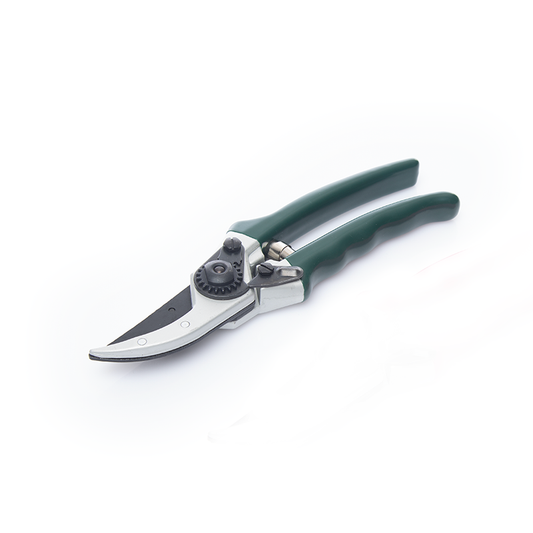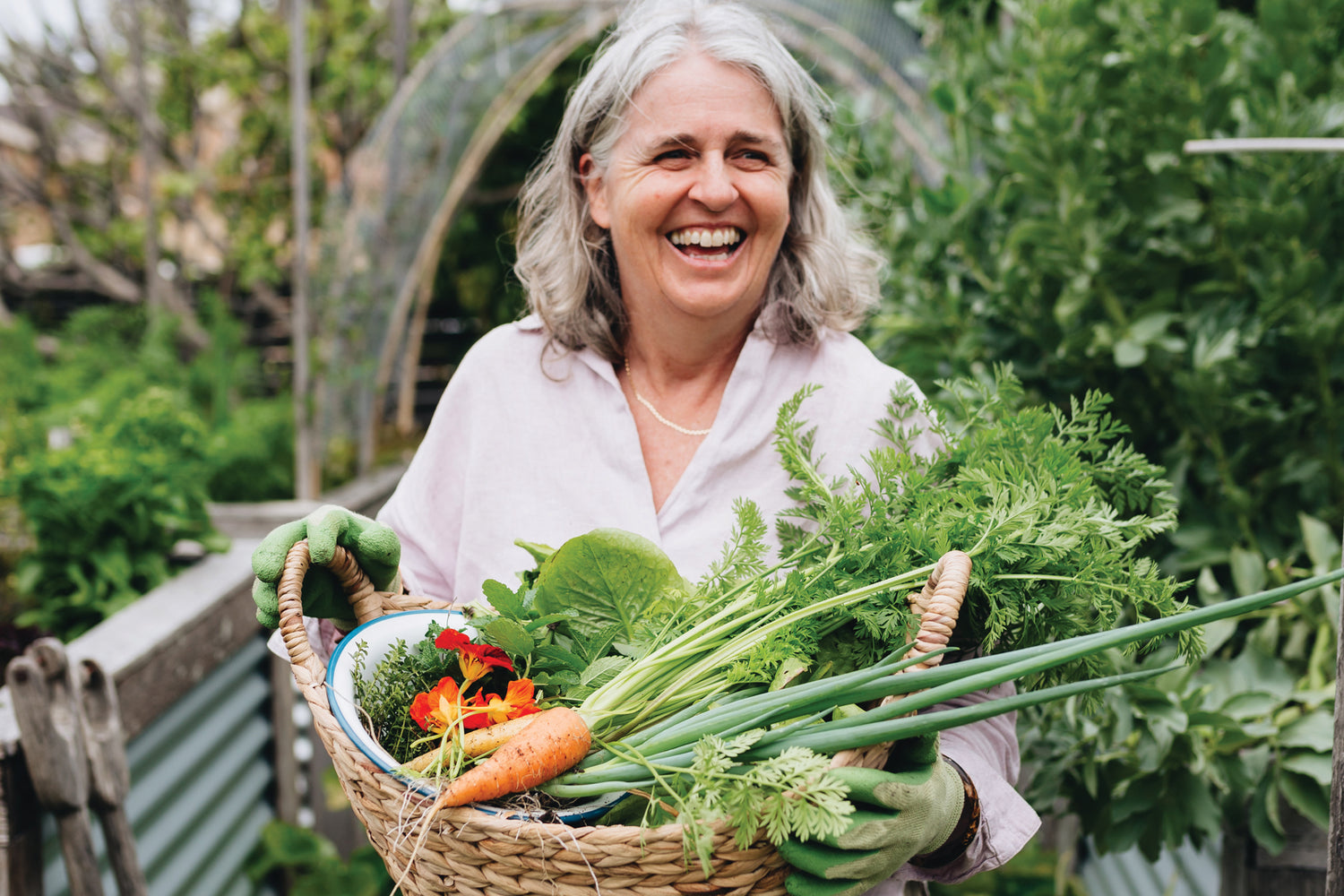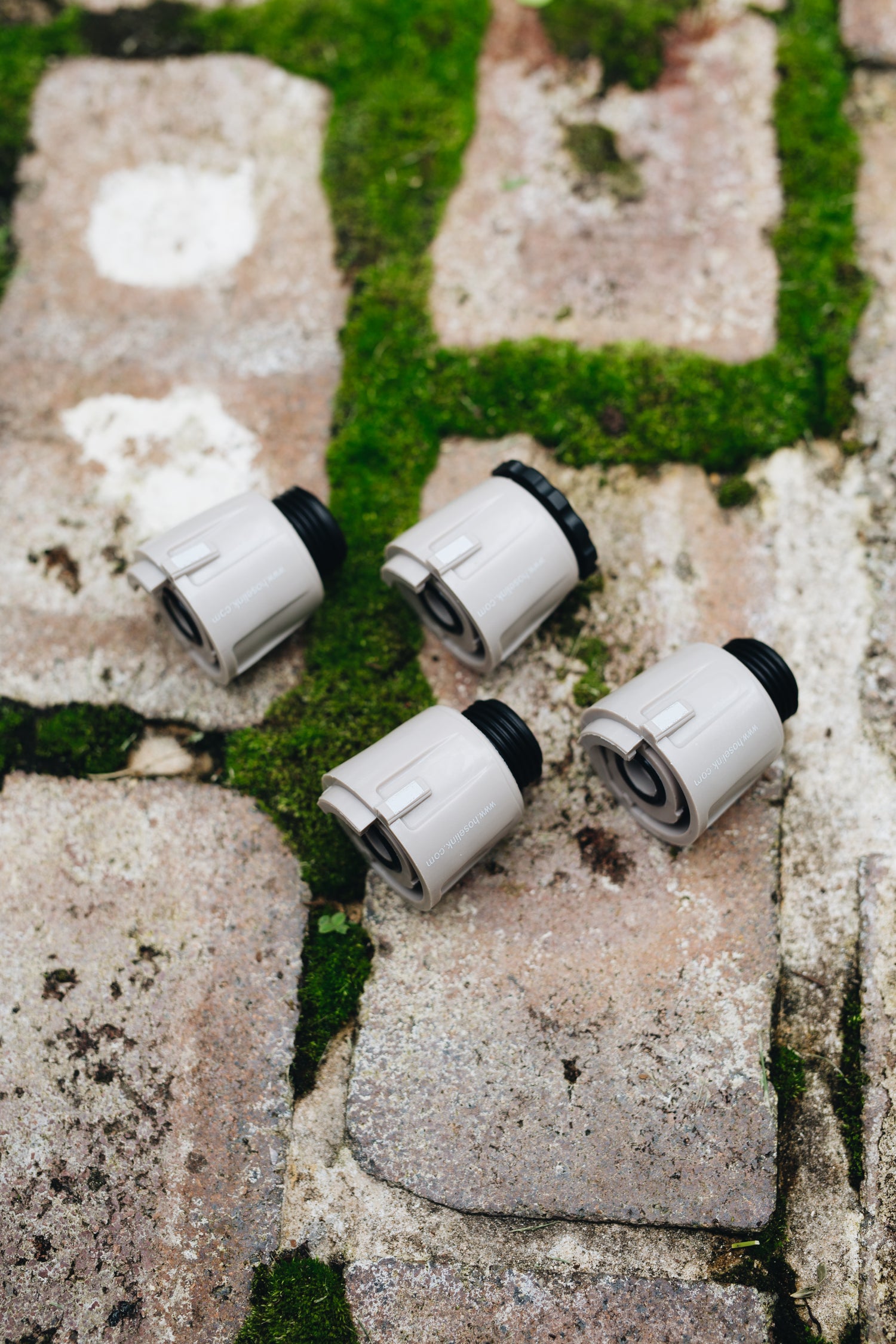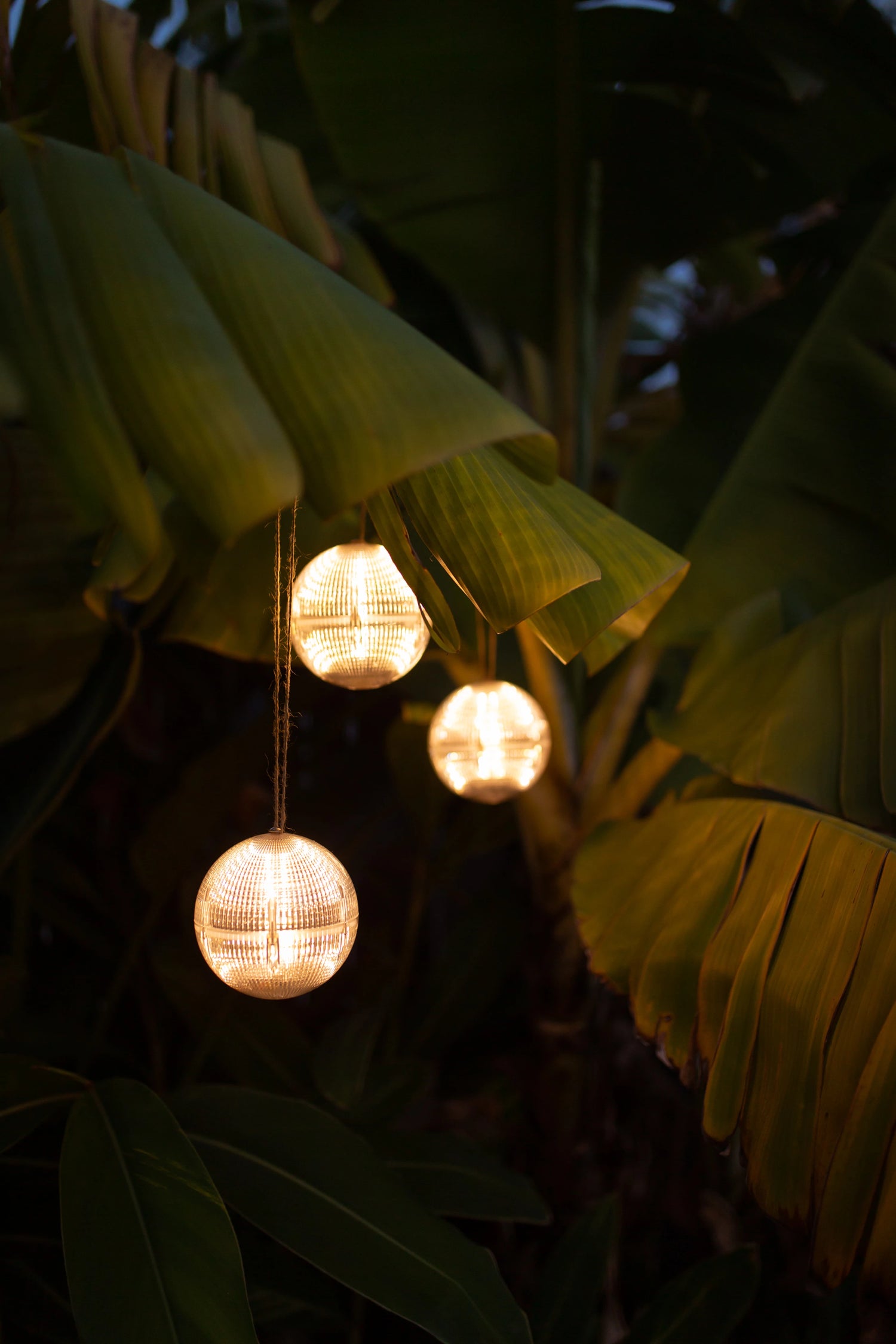Welcome to springtime. If you are like me, you’ve been extremely busy in the garden, but you still have plenty more to plant. When it comes to spring gardening, March is a hectic month, but I am not slowing down anytime soon, and I don’t expect that you will either. I don’t know what it is, but something feels different about this year, and I’m loving and embracing it. I told myself that the word for this year is abundance, and that is what I aim to create in every aspect of my life, including my garden.

Classic 50ft Hi-Flow Retractable Hose Reel | Charcoal


What am I planting this month?
April is a warm month in Houston, Texas, zone 9. We are starting to lose those cool nighttime temperatures from last month that allowed us to plant fall crops. Now, we have average daytime temperatures of 76 and nighttime temperatures of around 65. Now is the time to establish your summer crops before the intense heat sets in.
Here is a list of what I am planting this month.
- Summer Squash- It is a rare event for me to grow summer squash in the spring. That is because I usually lose my squash plants to my arch nemesis, the squash vine borer. You are lucky if you don’t have to deal with this pest in your region. This pest overwinters in the soil and emerges during the end of the spring or early summer. After emerging, the adult flies lay their eggs at the base of your squash plants. When the eggs hatch, the larvae burrow into the stem of your squash plants and eat their way through the vine. I usually avoid this pest by growing my summer squash in the fall. This year, I am growing two varieties. Costata Romanesco and Black Beauty.
- Basil- Basil is the most productive herb in my garden every year. Last fall, I saved seeds from the Genovese basil growing in my garden. To save the seeds, I let the basil go to the flower and let the flowering branch dry on the plant fully. Then, I cut the flowering stem and placed it in a brown paper bag. I will scatter these seeds into my garden early this month and then continuously plant seeds every 2-3 weeks. Besides the Genovese variety, I will also grow Tulsi or holy basil, which is my all-time favorite basil variety. Since I let my herbs go to seed in my garden, I'm sure I will have basil all over my garden.
- Cantaloupe- This year, I am growing Hales Best jumbo. Every Gardener I know always talks about this variety. I haven’t grown muskmelon in at least five years, so this will be a fun experience. I remember loving walking through the melon patch and smelling the ripening melons. I am going to grow these on a teepee in my side garden. Wherever you plan on growing your melons, have a sturdy trellis to support these 5-pound melons, and make sure it is tall. The vines from these melons can get 6 feet long.
- Comfrey- If you only grow one new plant in your garden this year, it should be comfrey. This medicinal herb has many uses and is a staple in my urban garden. It is a dynamic accumulator, which means it stores nutrients that it extracts from the soil within its leaves. You can soak these leaves in water to make your own natural fertilizer. I am planting a variety called Bocking 14. It is sterile and will not spread throughout your garden. Be careful if you plant a variety different from this because comfrey can invade your garden.
- Pumpkins—Normally, I plant pumpkins later in the year, but I am growing a different variety this year: the Seminole variety. Here are three reasons I will always grow this variety: First, you can harvest the pumpkins while they are small as summer squash. Second, they are immune to the squash vine borer. Third, they are mildew-resistant and perform well in hot and humid regions. Did you know you can store the pumpkins at room temperature for one year?
- Malabar Spinach- My dad is a gardener, and he is one of the main reasons I garden. Last year, he grew Malabar spinach for the first time and loved it. He tells me about it every time I go and see his garden. I decided to grow a new variety of Malabar spinach for him to try along with his favorite. I am growing Red Malabar and New Zealand from Baker Creek this year.

I always mention the fruits and vegetables I plant, but don’t think I neglect flowers. This year, I am growing new flower varieties in addition to sunflowers, which are a staple in my garden.
- African Daisies—I am excited to see if these are anything like the other varieties growing in my garden. These flowers are supposed to be bright-colored with a purple center. The petals are edible, and they are a favorite for pollinators.
- African Marigolds—I have grown marigolds annually for the past 12 years. Every time I plant tomatoes, I surround them with marigolds. I plant a French variety that only gets 12” tall every year. These African marigolds can grow to be 48” —60” tall. These bigger plants produce bigger blooms that the pollinators are sure to love.



What didn’t work in the garden?
For some reason, my bush green beans did not germinate well. Last month, I planted a 4x8 bed with two varieties, Ferrari and French Filet. For some reason, only the Ferrari germinated. I should have waited for the soil to warm up more before planting. Next year, I will pull the mulch back, exposing the soil to the sun for a few weeks before planting.


What else am I doing around the Garden?
Last month, I decided to record how much food I produce in a year in my urban garden. Since then, I have only been harvesting herbs but have already harvested 3 pounds of oregano and rosemary. I don’t expect to harvest much this month because I am setting my foundation, but it will be a different story once May rolls around.
I am one tree closer to my goal of 20 fruit trees. I planted a Red sunset nectarine, which is supposed to be ultra-compact and produce delicious fruit and red foliage. Since I have limited space in my urban garden, I must plant dwarf varieties and proactively prune the trees. Now, I'm focusing on locating two elderberry bushes to add to the front garden between my two raised beds.
Also, it is time to get back to the community garden. I look forward to experiencing this space during the spring and summer when the harvests are bountiful.











